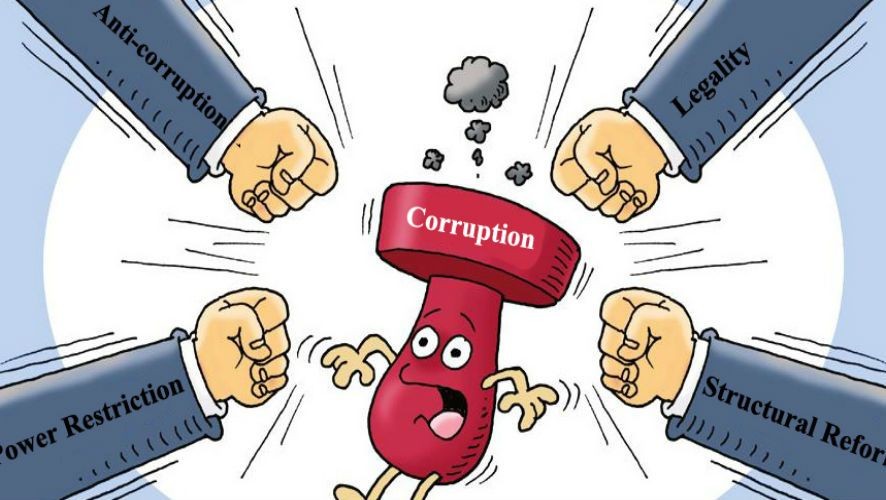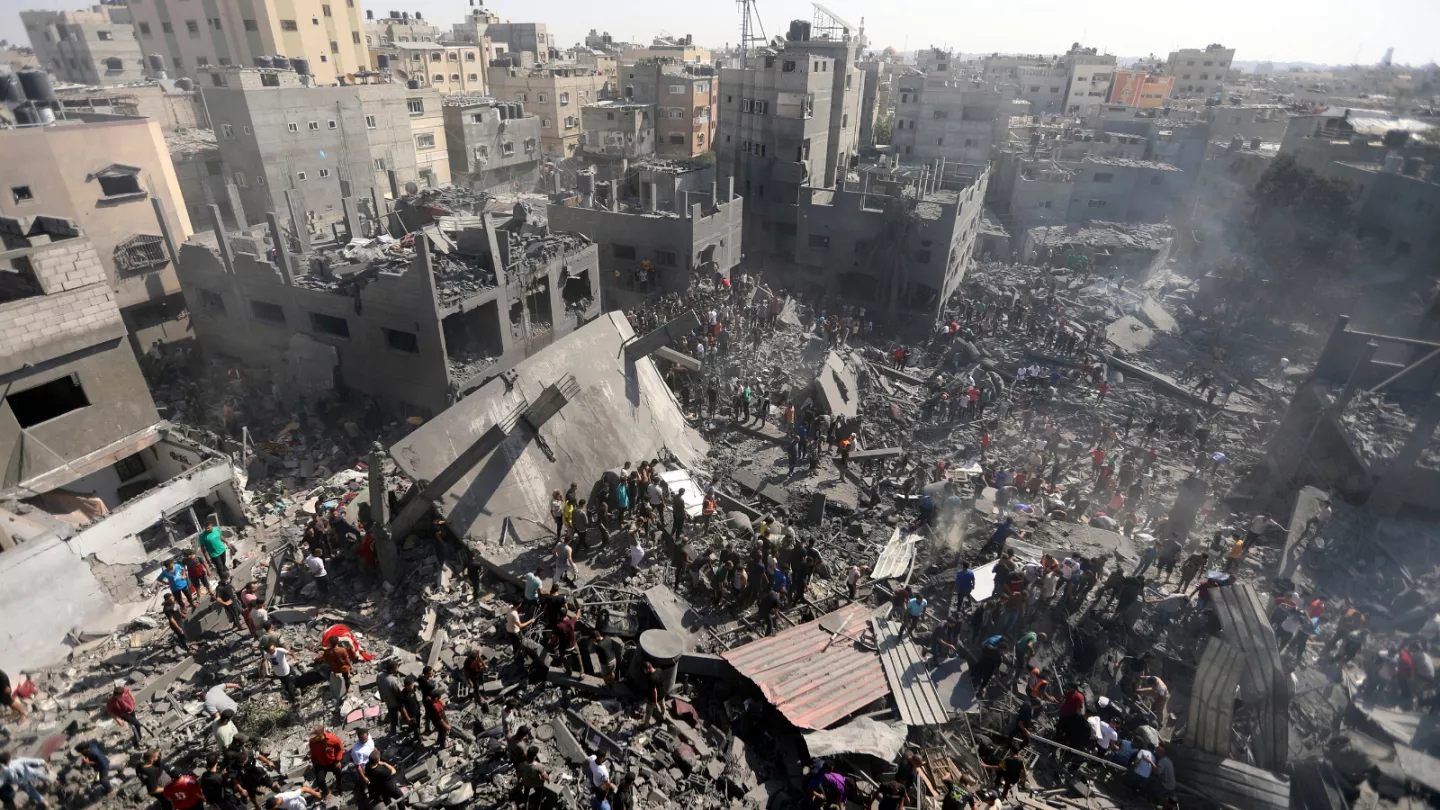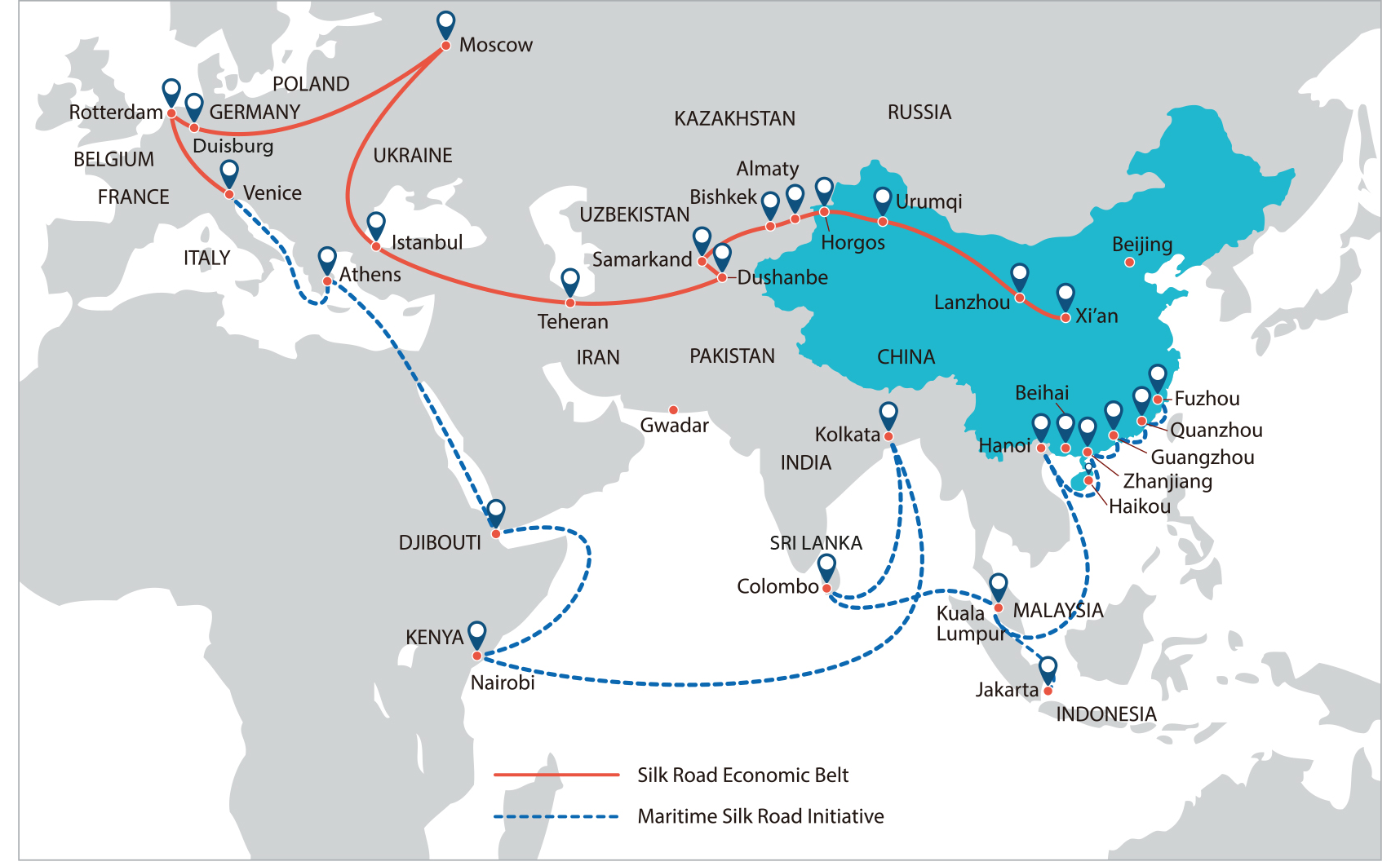Prime Minister Narendra Modi is one name that never completely fades from the public’s memory in the dynamic political scene of India. His ability to dominate news stories and keep a prominent position in social and political discourse is not just a coincidence; it is the result of a carefully planned strategy that aims to seize the collective consciousness of the country.
Modi’s ubiquitous presence is a benefit for journalists. Rest confident that if one misses an important speech or event, another one will inevitably come along. It seems as though he is an endless reservoir of information.
A moment to analyse how India’s most visible leader uses video to improve his political position and boost his personal image recently seemed to have passed by. But, as usual, he quickly offered another chance to be in the spotlight.
On October 12, a number of videos and images deluged the Prime Minister’s official websites and social media channels. Numerous people’s attention was instantly drawn to these images. This followed Modi’s earlier dramatic stunt, in which he used a broom to advertise the Swachh Bharat Abhiyan on the eve of Mahatma Gandhi’s birthday.
Even the legendary Amitabh Bachchan took note of the most recent photos since they were so fascinating. In a post on X (previously Twitter), Bachchan included one of Modi’s photos, capturing the mysticism of Kailash Parbat and expressing his lifelong passion for this holy site.
On that particular day, Modi’s social media campaign provided a glimpse into his theatrical skills. It demonstrated how this element has been neatly incorporated into the larger political story he has been crafting since assuming office in 2014.
As usual, the most recent set of pictures improved his appearance and aura to further support the story. It was started in this instance by Modi’s change of attire, in which she wore a neatly wrinkled pearl-white “traditional tribal outfit.” His appearances and attire throughout the day subtly incorporated elements of politics, the military, and religion. Priests, soldiers, and spectators performed supporting roles in this meticulously planned scene.
Amitabh Bachchan, a master of the emotive power of images, chose a specific picture of Modi in a contemplative position with his hands folded and his eyes fixed on Mount Kailash in the distance. The portrayal of Modi as a holy man who is also a king—a leader whose flaws can be disregarded because he “means good” and exudes an aura of godliness—emphasised the politician’s use of religious imagery.
Modi played many different characters while in Uttarakhand, including when he spoke in front of a crowd at the groundbreaking ceremonies for numerous projects in the Pithoragarh area. However, the photos that received the most attention showed Modi dressed in a milky white outfit, signifying the “purity” of the wearer. It was a brilliant move on Modi’s part to pay a visit to the Shiva temple, which is located on the banks of the Parvati Kund at an incredible height. Such locations are alluring to people everywhere, and many devoted Hindus fantasise about paying homage to Lord Shiva there.
Beyond the aesthetic spectacle, such backdrops give Modi the opportunity to present himself as a leader who also doubles as the populace’s saviour. By doing this deed, he demonstrated to the populace his willingness to go through suffering in order to secure favours and blessings for them. His message was clear: he had come this far not just to be amazed by the sights but also to protect “his people.”
In the pictures, Modi was wearing a fashionable outfit over several layers of wool clothing, along with an eye-catching headpiece. A closer inspection revealed that the attire he was sporting was customarily worn by men in that area’s ethnic communities.
The intrusive presence of the camera did not change the serene expression he sported while performing rituals at the Pithoragarh shrine, unlike the incident inside the cave at the Kedarnath temple complex in May 2019, where Modi’s videos and pictures drew criticism due to the “access” provided to unknown camerapersons.
This behaviour confirms an older remark made by one of his assistants more than ten years ago: “Every square inch outside his private room is a stage,” evoking the temporary stages in his Vadnagar school. Even his teachers gave information, observing that he only took lead roles.
Modi’s brand of politics has grown more and more centred on how one presents oneself. He was a social media pioneer and immediately saw how technology could enhance his aesthetic appeal. He continuously communicates through his oratory that none of his endeavours are for personal gain but are only “for” the people.
The engagements Modi had on that specific day are evidence of how fluidly the religious and spiritual and the cultural and political converge. This alignment is not accidental; it is a reflection of the founding principles of the Sangh Parivar, according to which Indian nationalism, culture, and religion are intertwined and shared by all Indians.
During his visit, Modi passed groups of soldiers, members of the Border Roads Organisation, and members of the Indo-Tibetan Border Police, as well as regular people who had gathered to cheer and throw flower petals in his direction. He also had time to speak to a crowd and visit a historic Shiva shrine in Jageshwar Dham, Almora district.
Modi portrays himself as a devoted Hindu and is not afraid to demonstrate his devotion. He overcame caste, class, and geographical barriers to become a symbol of Hinduism, yet he still represents an ideal that can never be fully realised.
There is no distinction between religion and state under Modi’s administration. This convergence has only intensified and become more pronounced since 2014. Modi’s dramatics don’t always take place inside temple grounds. On October 1, pictures of Modi using a broom appeared on television and other media channels. He employed a prop, Ankit Baiyanpuria, a member of the new tribe of “influencers” in the fitness industry, so that he would not have to do it alone.
On October 2, when the mandatory visit to Rajghat takes centre stage, the government declared the second half of September to be “Swachhata Hi Seva,” commanding the media’s attention and space. Ingeniously, the video clip had been made public just one day earlier. It was immediately clear that the production staff had been told to make Modi the main attraction. While Baiyanpuria was frequently in the dark, the spotlight stayed riveted on his face.
Of the two, Baiyanpuria was sporting a typical training outfit consisting of tracksuit bottoms and a round-neck T-shirt, while Modi was sporting kurta pyjamas with a white wrap strategically placed over his shoulder.
In the video, Modi was portrayed as a leader who cares about both cleanliness and physical fitness. With Baiyanpuria claiming that Modi served as his fitness inspiration, the video’s content served to advance Modi-centric mythology.
In this extensively watched video, the unreachable Modi takes centre stage once again. Even though this Sonipat-based social media influencer has 4.9 million Instagram followers, all of his efforts would have been in vain if Modi hadn’t served as his inspiration. By expressing their thoughts and aspirations, Modi closes the gap between the masses and the elite. With his distinctive sense of style and his undeniable political power, he joins the aspirational elite.
Modi has always understood the strength of his own communication. Although he is not the first populist leader in the world, his skillful integration of religion distinguishes him and has given him a devoted following that is firmly ingrained in the minds of the populace.
Modi’s acts have a messianic fervour because of his frequent use of religious imagery and terminology. He has stated on numerous occasions that he is the “chosen one.” This claim is entirely consistent with Modi’s “calculated, sharp, uncluttered style and saintly look,” which S. Vittorini described as portraying him as a “messianic, super CEO.” Narendra Modi has developed a durable and powerful image that continues to influence India’s political landscape in this complex fusion of politics, religion, and leadership.








